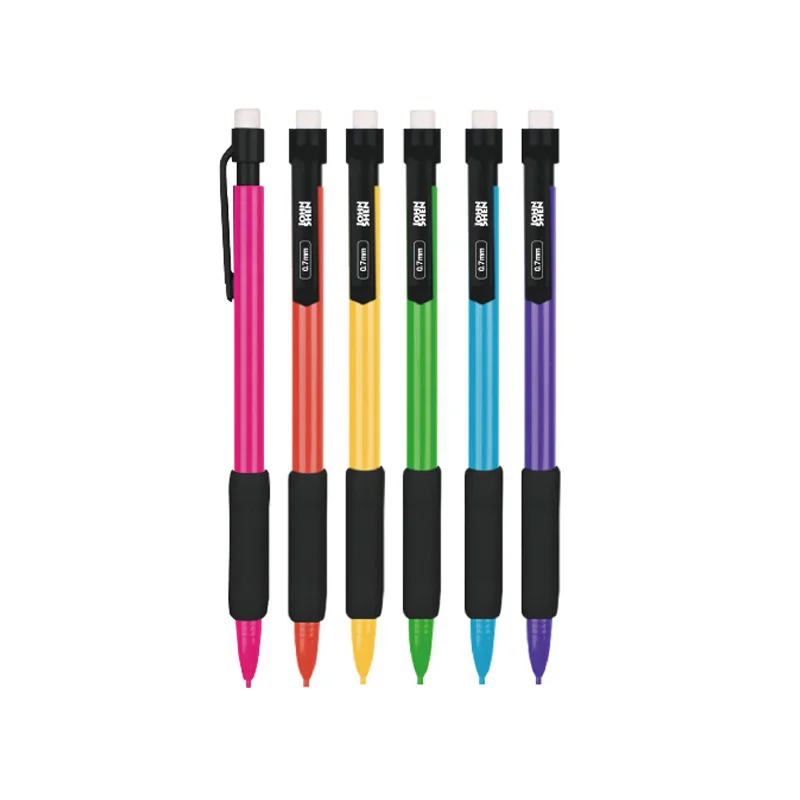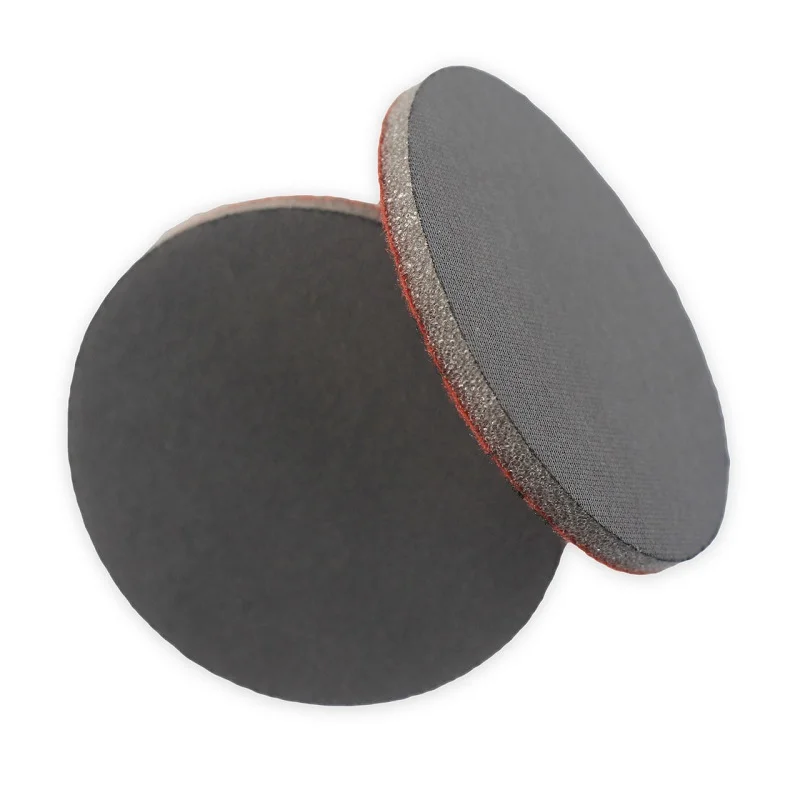What are the safety precautions for children using mechanical pencils?

With the continuous upgrading of learning tools, mechanical pencils have gradually become a common stationery for primary school students and even preschool children to learn to write because of their convenient writing, replaceable refills, and rich appearance. However, although the mechanical pencil is small, the safety hazards cannot be ignored.
This article will start from the structural characteristics of the mechanical pencil, combined with children's use behavior, and analyze in detail from multiple dimensions such as product selection, usage methods, psychological guidance, and safety protection, to provide parents and educators with a practical safety guide for the use of children's mechanical pencils.
1. The structure and potential risks of children's mechanical pencils
The basic structure of the mechanical pencil consists of a pen body, a spring pusher, a refill, an eraser, a metal pen tip, and other parts. Although there is no obvious danger as a whole, the following potential risks may still occur during children's use:
Risk of swallowing small parts: Some mechanical pencil refills, erasers, or pen caps are small in size. If children accidentally remove them and put them in their mouths, they are prone to swallowing or even suffocation.
Risk of stabbing eyes or skin: The tip of a mechanical pencil is often made of slender metal. If a child holds the pencil while playing or running, it is easy to poke the eyes, fingers or other parts of the body.
Risk of unsafe materials: Low-priced and low-quality mechanical pencils may contain harmful heavy metals, formaldehyde, phthalates and other plasticizers, which pose a threat to children's health.
Posture affects growth and development: Overweight or non-ergonomic pen bodies may cause fatigue when children hold the pen for a long time, affecting the development of their hands.
Psychological dependence problem: Some mechanical pencils have exaggerated shapes and fancy colors, which are easy to become the object of "comparison" for children, increasing the psychological burden of consumption.

2. Precautions for purchasing children's mechanical pencils
In order to maximize the safety of children using mechanical pencils, parents and schools should pay attention to the following points when purchasing:
2.1 Give priority to regular brand products
Choose children's special mechanical pencils produced by well-known brands (such as Parker, Pilot, Morning Light, True Color, etc.).
Check whether the product packaging has complete identification, including brand name, product specifications, production date, implementation standards, manufacturer information, etc.
Give priority to products marked with "non-toxic certification" and "special for children's stationery".
2.2 Check whether the material is environmentally friendly and safe
Avoid choosing mechanical pencils with too bright colors or strong fragrances, which may mean that unqualified pigments or fragrances are used.
Check whether the pen body is made of food-grade plastic and whether it has passed the EU EN71 or US ASTM F963 safety standard certification.
2.3 Pay attention to whether the structural design is suitable for children
The pen body should not be too long or too heavy. The recommended diameter is 8mm~10mm and the weight is less than 15g.
The surface of the pen should be anti-slip to meet the gripping habits of children's small hands.
The pen tip should have a protective design (such as a retractable pen tip or silicone wrap) to prevent punctures.
The parts are tightly combined and not easy to be disassembled by children at will.
3. Correct usage habits are more important
3.1 Develop a good writing posture
Parents and teachers should teach children to maintain the correct writing posture of "head straight, body straight, feet flat, and paper tilted" to avoid the head and the pen tip being too close due to incorrect posture, which increases the chance of injury.
3.2 Educate children not to put pencils in their mouths
It should be emphasized repeatedly that mechanical pencils cannot be used as toys, and must not be put in the mouth to bite or lick, to prevent the lead fragments or small parts from being swallowed.
3.3 Replace damaged pens in time
Once the mechanical pencil is found to be broken, deformed, loose, etc., it should be replaced immediately to prevent the parts from falling off and causing injuries.
3.4 Safe storage to avoid exposure of the pen tip
Develop a good habit of retracting the pen tip or covering the pen cap after writing, and put the mechanical pencil in the pen bag for proper storage to avoid accidental injury caused by random placement.
4. Control risks from the source
The safety of children's stationery is not only the responsibility of families and schools, but also the design concept and implementation standards of manufacturers are also crucial:
Structural optimization design: Children's mechanical pencils should strengthen humanized design concepts such as "safety rounded corners", "pen tip retraction", and "anti-mistaken disassembly".
Use environmentally friendly materials: heavy metal pigments and inferior plastics should be eliminated, and raw materials that meet environmental protection standards such as RoHS and REACH should be selected.
Strengthen quality inspection: Each batch of products should be tested strictly in accordance with national stationery product safety standards, such as the breaking strength of the refill and the clamping strength.
Age-based design concept: Different types of mechanical pencils are developed for children of different ages. The lower grades emphasize safety and fall resistance, while the higher grades increase comfort and writing accuracy.
As a convenient learning tool, mechanical pencils do bring a lot of convenience to children's writing. However, we cannot ignore the hidden safety hazards. Through scientific purchase, safe use, standardized education, timely maintenance and other multiple measures, the risk can be minimized to create a safer and healthier learning environment for children.
As a manufacturer of mechanical pencils, we always put children's safety first. Combined with the characteristics of children's hand development, we use an ergonomic pen body structure in the design and select non-toxic and environmentally friendly materials to ensure that each pen passes strict quality inspections. At the same time, we pay special attention to details such as pen tip protection, anti-swallowing structure and refill advancement stability, striving to minimize the risk of use while ensuring the writing experience. We not only provide products, but also are committed to creating a healthy and safe learning environment for children.
www.johnshenstationery.com
johnshenstationery

